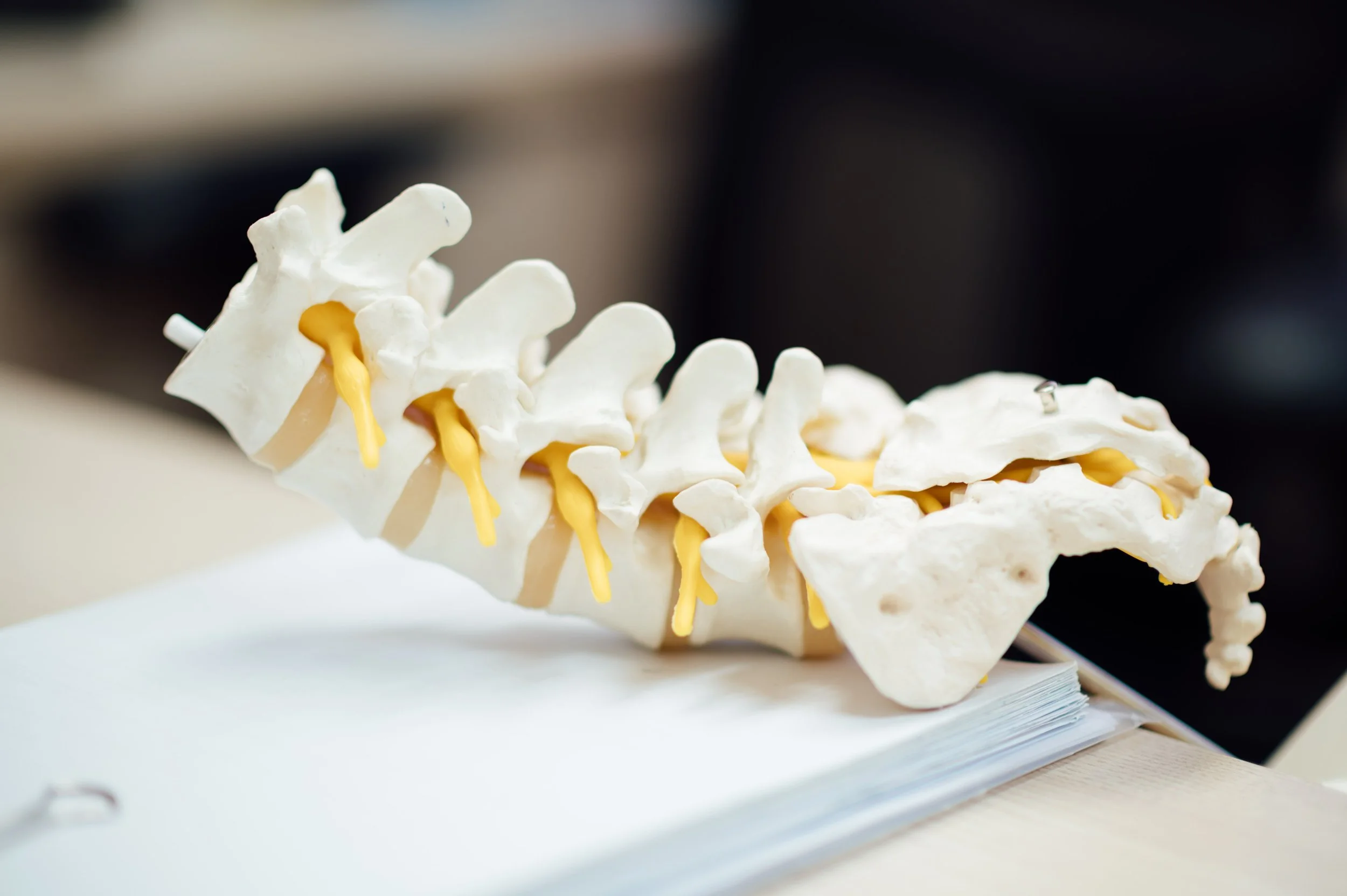Waking Up Feeling Stiff? A Chiropractor Could Help
Do you wake up feeling super stiff? Or do you have trouble getting out of bed, standing up, sitting or moving because of that feeling of stiffness that you feel. As we all know this can be very frustrating.
If you experience stiffness every morning, visiting a Chiropractor may help. Bodily stiffness can be caused by a number of problems that our Chiropractors can assess during your first visit. They will perform an extensive consultation and assessment.
At WYLD Chiropractic, we help patients in Auckland identify the root cause of their stiffness problems and provide solutions such as Chiropractic adjustments, exercises, and stretches to help you move more easily.
What Causes Morning Stiffness?
The first thing your WYLD Chiropractor will do to help your problem will be to try to determine what is causing the stiffness in the first place. A number of things may be the cause for your joint stiffness and muscle tightness that is limiting your movement and flexibility
Poor posture: Standing and sitting for long periods at a time with poor posture can put pressure on your muscles, joints and spinal discs, resulting in tension and stress that manifests as stiffness in the morning.
Bad sleep: Your body is more likely to become stiff when you aren’t moving for a long period of time, so stiffness after waking up is quite common. This problem can be made even worse if you sleep on a low-quality mattress or sleep in a strange position that puts pressure on your joints and prevents your muscles from relaxing.
Arthritis: Conditions like osteoarthritis (caused by wear and tear) and rheumatoid arthritis (caused by excessive inflammation) can cause swelling and stiffness in the joints, particularly after sleeping all night.
At WYLD Chiropractic we provide you with a personalised care plan which is your own road map to your ideal health destination. What if reaching “pain free” is only the first stop along the route to ideal health. What we know as chiropractors, is pain is a symptom of often a much greater picture.
Pain is incredibly motivating and is often what takes us to the Chiropractor in the first place, but if our final destination is only “pain free palm springs”, we often miss out on “optimal health oasis.” We want you to experience all Chiropractic has to offer, beyond pain relief. So remember, your brain is changing one adjustment at a time. “Life is not a single event; it is an ongoing dynamic process” 4 . Getting your spine and nervous system checked consistently by a chiropractor helps you adapt to an ever changing life. Your body is full of potential, let’s see how far you can go!
What To Expect At Your First Chiropractic Visit
An initial Chiropractic exam for back pain will typically have three parts: a consultation, case history, and physical examination. Laboratory analysis and X-ray examination may be performed.
Consultation. The patient meets with the chiropractor and provides a brief synopsis of his or her lower back pain, such as:
Duration and frequency of symptoms
Description of the symptoms (e.g. burning, throbbing)
Areas of pain
What makes the pain feel better (e.g. sitting, stretching)
What makes the pain feel worse (e.g. standing, lifting).
Case history. The chiropractor identifies the area(s) of complaint and the nature of the back pain by asking questions and learning more about different areas of the patient's history, including:
Family history
Dietary habits
Past history of other treatments (chiropractic, osteopathic, medical and other)
Occupational history
Psychosocial history
Other areas to probe, often based on responses to above questions
Physical examination. A chiropractor may utilize a variety of methods to determine the spinal segments that require chiropractic treatments, including but not limited to static and motion palpation techniques determining spinal segments that are hypo mobile (restricted in their movement) or fixated. Depending on the results of the above examination, a chiropractor may use additional diagnostic tests, such as:
X-ray to locate subluxations (the altered position of the vertebra)
A device that detects the temperature of the skin in the paraspinal region to identify spinal areas with a significant temperature variance that requires manipulation.
Chiropractors are trained in a variety of methods to assess the underlying cause of the problem, including:
Evaluation and management services. Chiropractors are trained in examining the joints, bones, muscles and tendons of the spine, head, extremities and other areas of the body with the purpose of noting any misalignment, tenderness, asymmetry, defects or other problems.
Neurologic and other common physical examination procedures. Chiropractors are trained to perform a variety of neurologic tests (nerve root compression/tension, motor strength, coordination, deep tendon and pathological reflexes, etc.) and are skilled in performing orthopedic, cardiovascular and many other common examinations.
Specialised assessment. Chiropractors are trained to assess range of motion, stability, muscle strength, muscle tone and other assessments with the lower back.
Common diagnostic studies. Chiropractors are trained in use of diagnostic studies and tools such as radiography (X-rays), laboratory diagnostics and neurodiagnostics.
References
1. https://stronglifechiropractic.com/waking-up-feeling-stiff-a-chiropractor-could-help/
3. https://www.thejoint.com/texas/magnolia/magnolia-28045/simple-solutions-for-neck-stiffness
4. https://www.theevidencebasedchiropractor.com/blog/how-chiropractic-adjustment-works
5. https://www.frontiersin.org/articles/10.3389/fpain.2021.765921/full
6. http://research.chiropractic.ac.nz/
7. https://www.acatoday.org/research/what-research-shows/
8. https://www.gethealthystayhealthy.com/tools/exercises-relieve-joint-stiffness-1
9. https://www.spine-health.com/wellness/exercise/4-easy-stretches-stiff-neck
10. https://www.today.com/health/dont-be-morning-stiff-15-stretches-start-your-day-right-i536421
11. https://www.self.com/gallery/essential-stretches-slideshow
13. https://www.spine-health.com/treatment/chiropractic/spinal-manipulation-and-chiropractic-research
14. https://spines.co.nz/research
15. https://www.self.com/gallery/essential-stretches-slideshow



